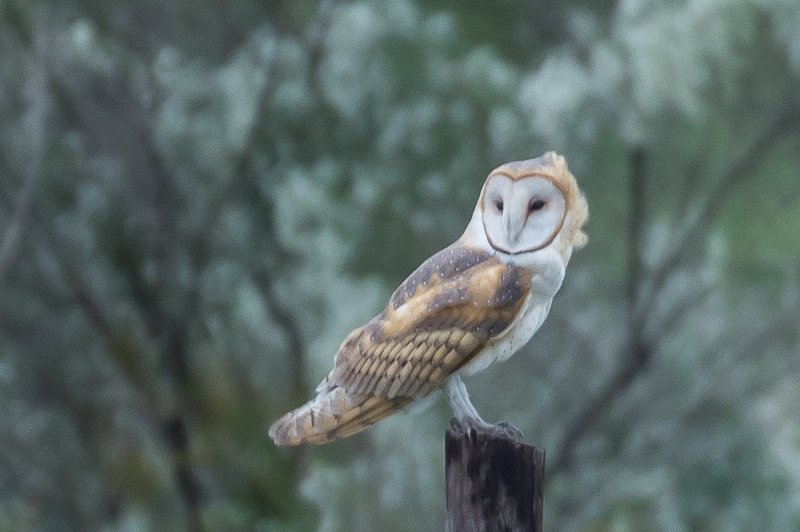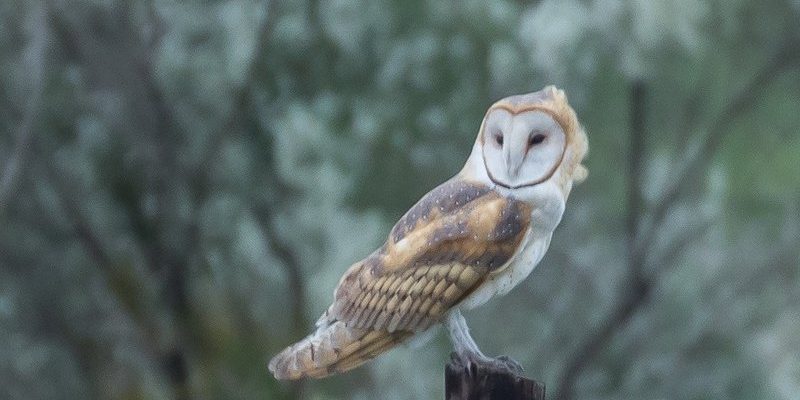
Conservation efforts for owls are as varied as the species themselves. From preserving their natural habitats to engaging the local community in education programs, every little action contributes to a bigger picture. Let’s explore what’s being done, why it’s important, and how it all connects—just like the intertwining branches of a forest that form a safe haven for these nocturnal hunters.
Understanding the Owl’s Role in Ecosystems
Owls aren’t just cool animals that we admire from afar; they play a vital role in their ecosystems. Think of them as nature’s pest controllers. By preying on small mammals, insects, and even some birds, owls help keep populations in check. This balance is crucial for sustaining healthy ecosystems. If owl numbers decline, it can lead to overpopulation of these smaller creatures, which can disrupt local environments.
Moreover, owls can be indicators of environmental health. They are at the top of the food chain, meaning their presence—or absence—can tell us a lot about the ecosystem’s overall condition. For example, if owls are disappearing, it might signal something is amiss, like habitat degradation or food scarcity. This dual role as predators and environmental indicators is why protecting them is so important.
Habitat Preservation Initiatives
One of the most significant threats to owls is habitat loss. Urbanization, logging, and agriculture have all taken a toll on their natural homes. To combat this, many conservation groups focus on habitat preservation initiatives. These efforts often include establishing protected areas, restoring degraded habitats, and creating wildlife corridors that connect different ecosystems.
For instance, organizations often work to secure funding for the acquisition of land that is critical for owl populations. This can include forests, wetlands, and grasslands that offer the perfect environments for breeding and hunting. By ensuring these areas are safe from human development, we help guarantee that owls have places to live, hunt, and raise their young.
Community Engagement and Education
You might wonder how an individual can help owl conservation. This is where community engagement and education come into play. Many conservation efforts focus on raising awareness about owls, their importance, and the threats they face. Workshops, school programs, and community events can foster a sense of responsibility in local populations.
For example, citizen science projects allow people to participate in owl monitoring and data collection. When communities become involved, they often develop a strong attachment to their local wildlife. This bond can lead to lasting support for conservation initiatives. Plus, the more informed people are about owls and their role in the ecosystem, the more likely they are to support policies that protect them.
Legislation and Policy Changes
Effective conservation often requires strong legal frameworks. Laws and regulations can play a crucial role in protecting owl habitats and populations. Various countries have passed legislation aimed at safeguarding these birds, such as the Migratory Bird Treaty Act in the U.S. This law protects many owl species and their habitats from destruction and exploitation.
In addition to national laws, local policies can also make a difference. Engaging in advocacy efforts can help push for stricter regulations related to land-use planning and pesticide application—practices that can harm owls. When communities work together to advocate for these changes, it can lead to real, positive impacts on owl populations.
Research and Monitoring Efforts
Research is at the heart of effective conservation. Understanding owl populations, their behaviors, and their habitats is essential for crafting effective protection strategies. Biologists and conservationists are constantly studying these birds to gather data that can inform future initiatives.
Monitoring efforts can involve tracking owl nesting sites, studying their feeding habits, and assessing the impacts of environmental changes on their behavior. For example, using technology like GPS tracking has provided insight into migration patterns and habitat use, allowing researchers to devise better conservation strategies. This data not only helps with owl conservation but also enriches our overall understanding of wildlife in general.
Challenges Ahead for Owl Conservation
Despite all the efforts being made, challenges remain for owl conservation. Climate change poses a significant threat, altering habitats and food availability. As temperatures rise and weather patterns shift, the delicate balance that owls rely on may be disrupted.
Additionally, human encroachment continues to threaten their habitats. Urban expansion and agricultural practices often result in the loss of critical nesting and hunting sites. Overcoming these challenges requires collaboration between various stakeholders—conservation organizations, government agencies, and local communities.
How You Can Help Owl Conservation
You might be asking yourself, “What can I do to help?” Conservation is not just for scientists or policymakers; anyone can make a difference. Here are a few ways to get involved:
- Support Local Conservation Groups: Donations or volunteer time to organizations focused on owls and their habitats.
- Educate Yourself and Others: Share what you learn about owls with friends and family. The more awareness there is, the better.
- Be Mindful of Your Impact: Reduce pesticide use in your garden and support sustainable practices that protect wildlife.
- Participate in Citizen Science: Get involved in local monitoring efforts or bird counts that contribute valuable data.
Every action counts, no matter how small. Just like every star contributes to the night sky, every individual effort helps preserve these remarkable creatures.
In conclusion, conservation efforts aimed at protecting the owl are essential for maintaining the balance of our ecosystems. Through habitat preservation, community engagement, legislation, research, and personal involvement, we can make a significant impact. Owls are not just creatures of the night—they’re vital players in our natural world. By working together, we can ensure their future and, in turn, the health of our environment. Remember, the next time you hear an owl’s call, it could be a reminder of the collective efforts that keep these birds soaring through the night sky.

